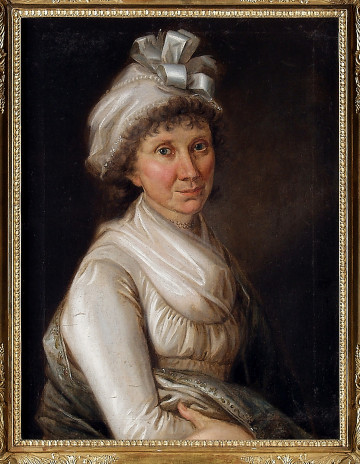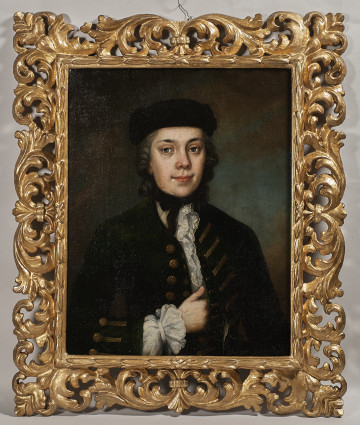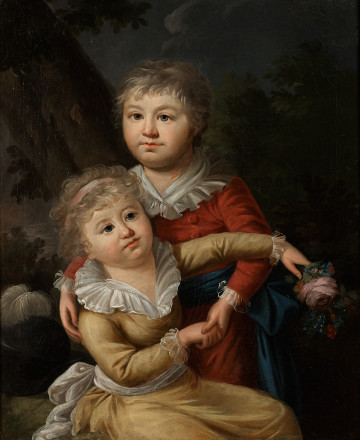
Portrait of Aleksandra Potocka, née Lubomirska
2nd half of the 19th century
Castle Museum in Łańcut
Part of the collection: Meble i wyposażenie wnętrz
lacquer table Far Eastern handicrafts decorated with lacquer began to be imported to Europe in the 16th century. In the last quarter of the 17th century, Chinese and Japanese furniture imported by the Dutch as products from India achieved a high price. Air-hardening lacquer, made from the resin of lacquer trees, was used to coat dishes, sculptures, small objects and furniture. The resistance of the lacquer resin to water, alcohol and acids was valued. Japanese wares covered or decorated with lacquer and powdered gold reached a particularly high artistic level. Despite the fact that cheaper imitations of Far Eastern craftsmanship developed in Europe in the 17th and 18th centuries, and that from the mid-18th century on, varnish began to be used in France to replace lacquer, Far Eastern originals enjoyed an enduring interest, gaining in collector value. The piece of furniture presented is a sacrificial table used in domestic worship. Its lacquer-covered surface, decorated with powdered gold, features images of objects containing a hidden message. The representation of “a hundred precious objects” on the tabletop was one of the popular in Chinese and Japanese tradition. These include censers, candlesticks and vases – craft prized by Far Eastern connoisseurs and collectors interested in their own culture’s past. At the same time, each of the depicted objects, their sequence and manner of presentation carry a deep symbolism – they are good omens expressing wishes for prosperity, happiness, abilities, and honours. In the Far Eastern tradition, tables of this type were offered as gifts. Izabela Lubomirska, who after returning from a trip abroad in 1891 furnished the Łańcut Castle with a Chinese Apartment, was also steeped in this fashion. On their return, the English were ahead of the rest of Europe in this respect. Artfully decorated with inlay, powdered gold or silver. Teresa Bagińska-Żurawska https://orcid.org/0000-0002-9243-3967
Object type
Furniture and interior fittings
Owner
Castle Museum in Łańcut
Identification number
Location / status

2nd half of the 19th century
Castle Museum in Łańcut

3. ćwierć XVIII wieku
Castle Museum in Łańcut

1. ćwierć XIX wieku
Castle Museum in Łańcut
DISCOVER this TOPIC
Castle Museum in Łańcut
DISCOVER this PATH
Educational path